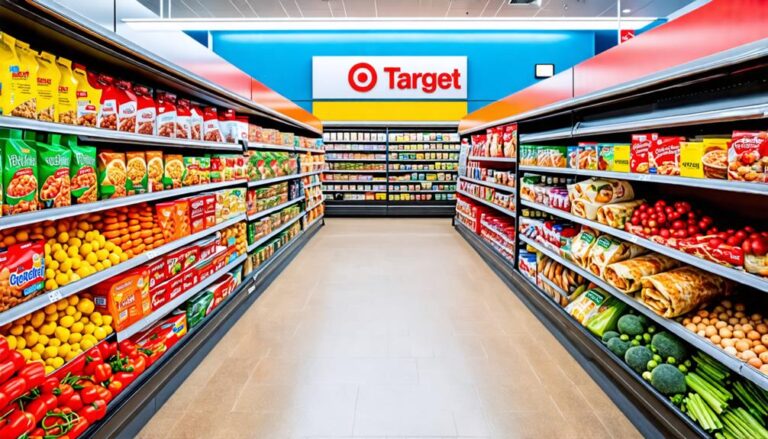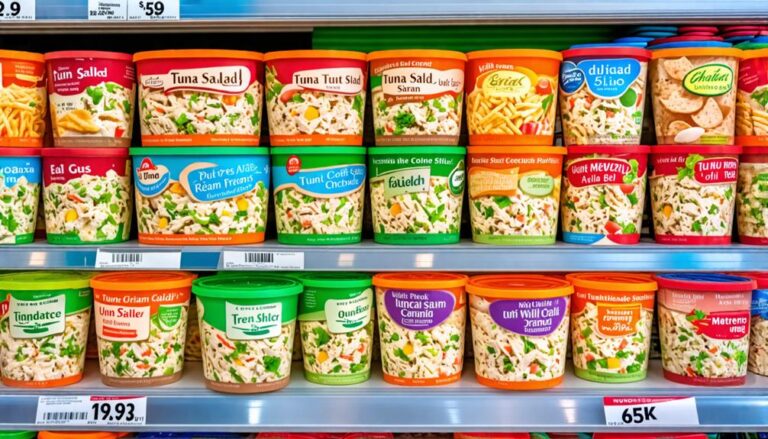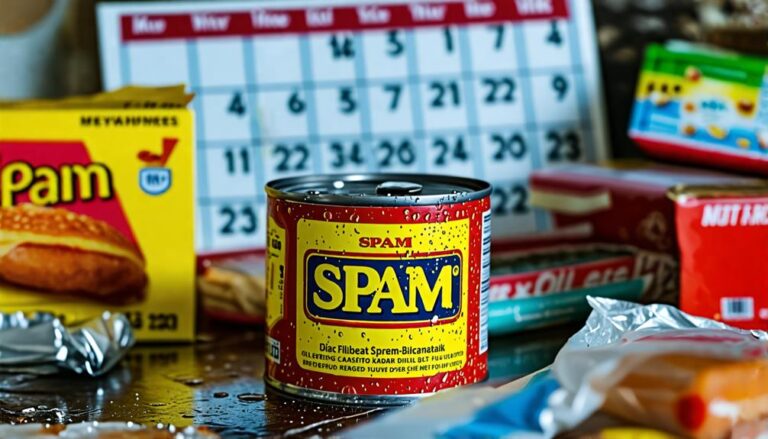The Shift in Cereal Marketing: A Look at U.S. vs. U.K. Aldi
Grocery store aisles have long been playgrounds of colorful characters, luring children into making their morning choices. Many people have fond memories tied to cartoon mascots that adorned cereal boxes, beckoning them to breakfast with a playful grin. However, a significant shift is underway, especially at Aldi, the popular discount grocery chain, which reflects broader trends in food marketing. The U.S. and U.K. are experiencing a cereal branding revolution — and the U.K. is taking a bold step away from lovable mascots.
Understanding the Aldi Cereal Landscape
If you’re familiar with Aldi, you know that it offers a range of house-brand products, from fresh produce to delectable snacks, and its cereals are no exception. In the United States, shelves stocked with fruity loops and chocolate puffs showcase vibrant designs and friendly cartoon characters that capture attention and stir nostalgia. However, the landscape looks quite different across the Atlantic.
In the U.K., Aldi has opted for a minimalist approach to cereal packaging, completely removing cartoon mascots. This decision has sparked discussions regarding consumer behavior, especially the influences these characters have on children and their parents.
The Drive Behind the Change
The elimination of cartoon mascots isn’t merely a design choice but a strategic decision motivated by health considerations. In January 2020, Aldi U.K. announced it would phase out these playful characters from its store-brand cereals, citing concerns about "pester power," a term describing the pressure children put on parents to buy certain products. The aim is clear: create a shopping environment where parents can confidently choose healthier options without the nagging effects of eye-catching mascots.
Not only did Aldi U.K. make this change, but other retailers like Lidl and Asda followed suit, reinforcing the trend. With an eye on the health of their young consumers, these chains have recognized the necessity of promoting healthier alternatives. Studies have shown that children often favor cereals with appealing mascots, leading to potential dietary pitfalls as parents frequently bend to these requests.
Impact on Parents and Children
For parents in the U.K., the new cereal packaging means navigating the dairy aisle without the distraction of vibrant characters vying for their children’s attention. As children are trained to recognize their favorite cereals by name and color alone, the marketing strategy shifts the focus from persuasive mascots to healthier choices based more on nutritional content than flashy designs.
The campaign aligns well with larger public health efforts. With childhood obesity rates climbing, supermarkets are eager to play their part in promoting better eating habits. Aldi’s ongoing reduction of sugar content in its cereals by 25% over recent years complements this branding shift, showcasing a commitment to public health that resonates with discerning parents.
A Different Approach in the United States
While U.K. consumers are adjusting to character-free cereal offerings, U.S. shoppers continue to delight in whimsical characters gracing boxes of sugary cereals. Brands like Kellogg’s and General Mills still rely on their mascots, such as Tony the Tiger and Cap’n Crunch, to draw in families. For many American parents, these characters represent fond childhood memories, making it difficult to consider a cereal box devoid of a friendly face.
Interestingly, the cultural approach to food marketing varies widely. In the U.K., the reduction of mascots aligns with a cautious stance toward child-targeted advertising, while in the U.S., the playful designs remain firmly entrenched in breakfast traditions.
A Sign of Changing Times
The removal of cartoon mascots from Aldi U.K. cereal boxes signals an evolving perspective on children’s dietary influences. For parents, this provides a welcome shift toward healthier choices without the constant pressure from mascot-driven marketing. In contrast, U.S. consumers might find it hard to part with the nostalgia and brand loyalty forged by their beloved cereal characters.
As grocery chains like Aldi continue to pave the way in redefining marketing strategies, the question arises: Will U.S. chains follow suit, or will they cling to tradition in an ever-changing marketplace? Whatever the outcome, Aldi’s bold reimagining of its cereal packaging could inspire a global dialogue about health, marketing, and the role of food branding in shaping children’s eating habits.




